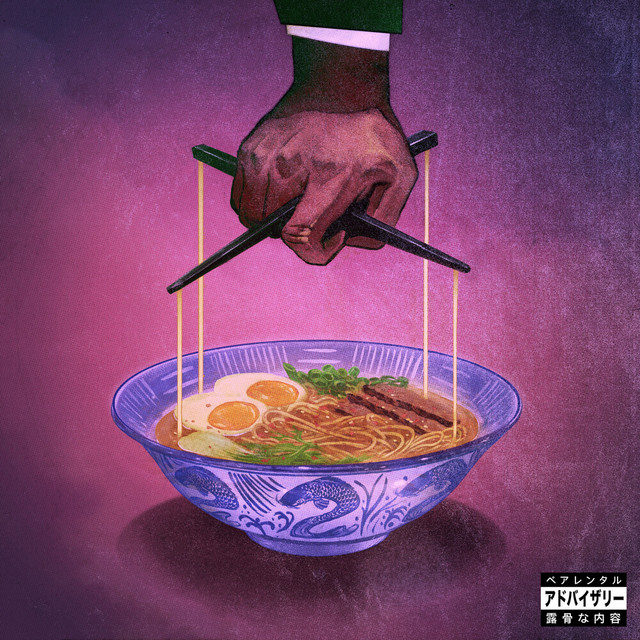From cyberbullying to misinformation, the rabbit hole of social media is so deep. But one factor that damages consumers on a personal level is not having their own opinion because of social media.
Usually, when people are researching or seeking new things on social media, whether it be fashion advice or politics, or even emotional or psychological topics, we tend to overconsume curated content that pertains to certain biases that we possess.
Social media can also trap us in ways by showing unrealistic content or expectations. Take videos of curated snapshots of people’s lives, absent from the realism of their actual journey or struggle. A 2020 report from the Pew Research Center found that about 69% of Americans use social media, increasing the potential for exposure to marketing messages and consumer culture.
For instance, traveling or couples accounts. A majority of these digital lives show the pros of their everyday lives, and people take this in as comparison to their life, desiring these ideals and these high-standard expectations. Take the virality of Stanley Tumblers.
Its overconsumption was a result of rapid social media popularity, even though there were multiple cases of lids detaching, along with consumers experiencing burn marks/injuries. In the early 2020s, the Stanley Tumbler became more viral, especially on apps such as Tiktok and Instagram.
Before 2020, the company only made $70 million on an annual basis. Now, they rack up $750 million.
In January 2024, a TikTok video posted by user @jazzedbyjaz showed El Paso shoppers rushing and flooding the Texas store, with customers almost getting trampled in the process. This is just one example.
Many videos display unholy amounts of Stanley Tumbler cups racked on someone’s dresser or cabinet. What’s very interesting about this story is that the marketing of the Stanley cup was initially for outdoor activity, according to their site. “We’re there for all your adventures so you can make the most of your world (whether you’re scaling a mountain or climbing an elm in your backyard,” the site states.
And this is not the only chapter of overconsumption in social media that we can address.
Through digital engagement (likes, shares, comments), only a certain few ideas are amplified and echoed, leaving viewers to just accept what’s popular at that time instead of looking for a different opinion. Social media users can then try to fit in to avoid being criticized or looked down upon because they want to experiment with a different opinion.
On a more personal level, I experience more opinions centered around clothing. This has the potential to shape my fashion decisions, purchase decisions, and even brand perception based on the simple fact of someone expressing their opinion about fashion.
Certain examples include opinions about clothing trends (baggy pants, popular shoes such as Adidas Sambas or even Hollister hoodies). If multiple negative opinions were to be put out on these clothing items, consumers may hesitate to buy in fear of being looked down upon.
I can infer that this can also make way for more consumers to desperately try to be the odd one out by trying more experimental and unknown items to avoid fitting in with the norm.
Individuality begins to cease and fade away due to this. Now, if we access social media already locked with the opinion that we have, then looking on social media to search for an opinion that already verifies it is not helpful either.
We have to search for different stories and perspectives to challenge our way of thinking. To look at and to observe an opposed view.
Trends that certain apps promote pertain to broader audiences, so some viewers consume it and try to replicate them instead of innovating their own.
Now, nothing is wrong with that, gaining inspiration from other creators is a part of our life. But adding our own spin on it or at least questioning if we really like it because of our own original interest or because someone else was interested in it.
An individual’s perspective is valuable. It contributes to the complexity of this world. And the media can play a big role, sometimes a negative role in changing that.
If your opinion is molded by what a couple may post or what a popular influencer may feed you, then it’s important to evaluate that opinion. Keeping your originality requires not being budged by posts that try to conform you.
If an opinion challenges your values or the morals that you cherish and hold, regardless of how popular it is, make sure to observe it and challenge it.






